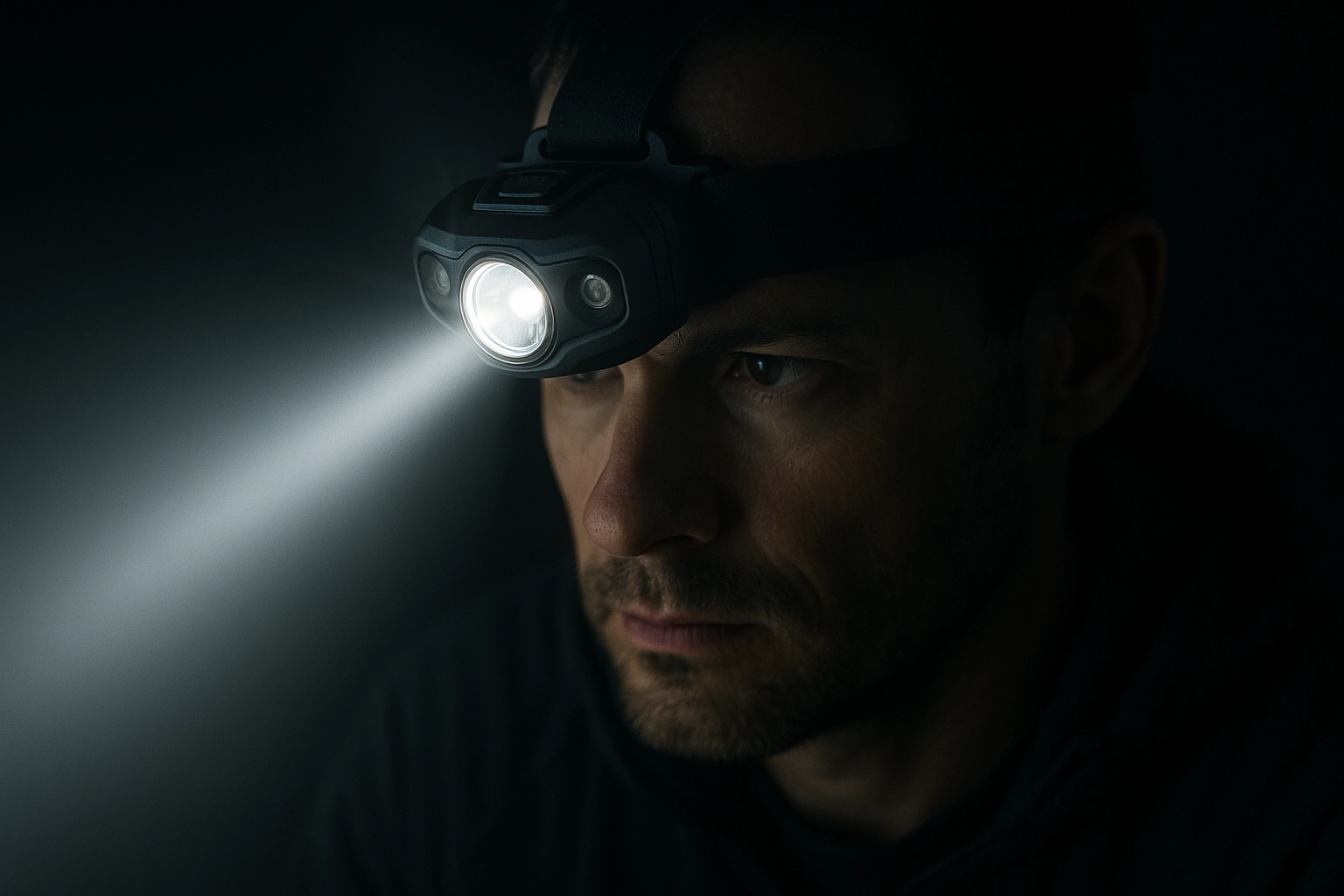EN 55015 – EMC Emission Testing of Lighting Devices
The European Norm EN 55015 is a critical standard that sets the limits and measurement procedures for electromagnetic compatibility (EMC) emissions from lighting devices. This standard ensures that electronic products, including automotive lighting systems, do not interfere with other equipment or cause unwanted interference in their operational environment.
Automotive headlamp testing under EN 55015 is essential to ensure the safety and reliability of lighting units used in vehicles. The standard covers emissions from devices such as headlights, taillights, brake lights, and indicators. Compliance with this standard helps prevent malfunctions or failures that could compromise driving safety.
The testing process involves measuring electromagnetic interference (EMI) generated by a light source within the vehicle environment. This measurement is conducted in controlled conditions using specialized test equipment to simulate real-world scenarios where potential interference can occur.
EN 55015 compliance is mandatory for all automotive lighting devices sold in Europe and many other regions that adopt this standard. This requirement ensures consistent quality across different manufacturers, reducing the risk of product incompatibility issues within the vehicle ecosystem.
The testing process typically involves several steps:
- Preparation of the specimen according to the specified dimensions and operating conditions.
- Conducting measurements of emissions from the lighting device under various test configurations (e.g., on, off, dimmed).
- Analyzing the results against the limits set by EN 55015 for each frequency range.
The test equipment used in this process includes specialized EMC measurement systems capable of detecting emissions across a wide spectrum. These systems are crucial for accurate and reliable testing, ensuring that any deviations from acceptable levels can be identified early in the development cycle.
Once the measurements have been taken, they must meet stringent criteria to pass the test. The standard specifies detailed acceptance criteria regarding spectral density and field strength limits at various frequencies. Compliance with these standards is crucial for avoiding potential issues during certification processes or post-market surveillance.
The importance of EN 55015 testing in automotive lighting cannot be overstated, as it directly impacts driving safety by ensuring that all components operate harmoniously without causing interference to other electronic systems within the vehicle. This standard also supports broader environmental goals by promoting efficient and reliable technology that minimizes unnecessary emissions.
Automotive manufacturers rely heavily on robust testing protocols like EN 55015 to maintain high standards of product quality, ensuring compliance with regulatory requirements while enhancing overall vehicle performance and safety. By adhering strictly to these guidelines during development stages, companies can streamline their certification processes and reduce the likelihood of costly recalls or design modifications later in production.
International Acceptance and Recognition
- European Union: EN 55015 is widely recognized across all EU member states as a mandatory standard for automotive lighting devices. It ensures consistent quality standards and facilitates seamless cross-border trade.
- Beyond Europe: Many countries outside the EU have adopted or are in the process of adopting this standard due to its stringent requirements and proven effectiveness. Countries like South Korea, Japan, and parts of North America may require compliance depending on local regulations.
The widespread acceptance of EN 55015 reflects its role as an internationally respected benchmark for electromagnetic compatibility testing in automotive lighting systems. Compliance with this standard not only enhances a company's reputation but also opens up broader market opportunities by ensuring compatibility across diverse regulatory landscapes.
Environmental and Sustainability Contributions
The implementation of EN 55015 contributes significantly to environmental sustainability through its focus on minimizing electromagnetic interference and promoting efficient lighting solutions. By reducing unnecessary emissions, this standard helps conserve energy resources and supports the overall goal of greener transportation systems.
In addition to these direct benefits, adhering to EN 55015 also promotes responsible manufacturing practices that contribute positively to both local communities and global ecosystems. Companies committed to sustainability can leverage their compliance with this standard as part of broader corporate social responsibility initiatives aimed at reducing environmental footprints.
Use Cases and Application Examples
| Use Case | Description |
|---|---|
| Development Testing | Demonstration of compliance with EN 55015 during product development to identify potential issues early. |
| Production Verification | Ensuring that newly manufactured products meet the specified emission limits before release into market. |
| Third-Party Certification | Supporting independent certification bodies in verifying compliance with international standards for automotive lighting devices. |
| Post-Market Surveillance | Monitoring existing products to ensure ongoing compliance and address any emerging concerns promptly. |
| Regulatory Compliance | Aiding manufacturers in meeting regulatory requirements necessary for entering specific markets or regions. |
- Development Testing: Early-stage testing helps identify and rectify any potential issues related to electromagnetic interference before proceeding further into the product lifecycle.
- Production Verification: Ensures that each batch of manufactured products meets the required standards, maintaining consistent quality throughout production runs.





